Double exposures (where one frame contains two images overlaid) have been a feature of my photography journey for the last six years or so. Have you tried them? Here’s how I got into them and why I still enjoy them.
My first film camera was a Holga 120N, which despite its extreme simplicity, needed a certain amount of practice and knowledge to use correctly.
For example in the first three rolls of film, I estimate I took half a dozen blank shots (forgetting to remove the lens cap – after this I just threw it away!) and as many double exposures (forgetting to wind on the film).
The latter though gave me a taste of something I had no idea could be done with film – layering multiple exposures on top of each other – and opened a world of possibilities.
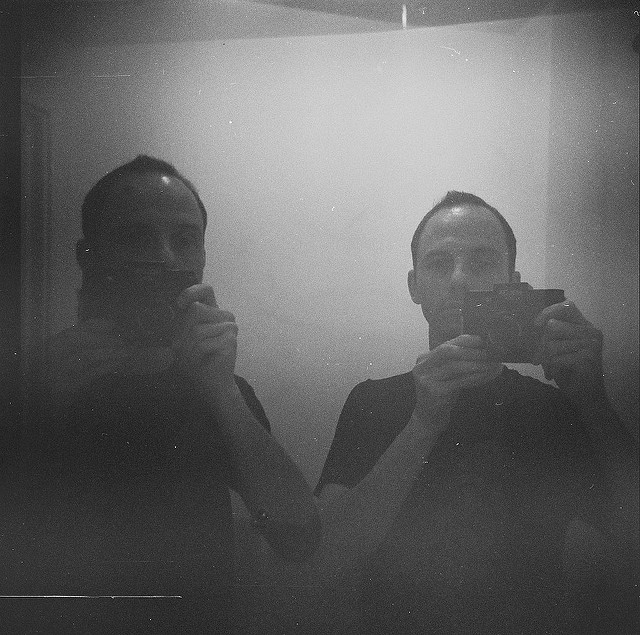
Indeed because of my wonder at this ability, I made sure the first 35mm camera I bought a month or two later had this capability too, a Smena 8M. Not many film cameras do!
As I explored double exposures more (intentionally now, not because I’d forgotten to wind on!), I started to think about combinations of layers that might be interesting.
This is a very early one with our daughter as one layer and a cloudy sky as the other.
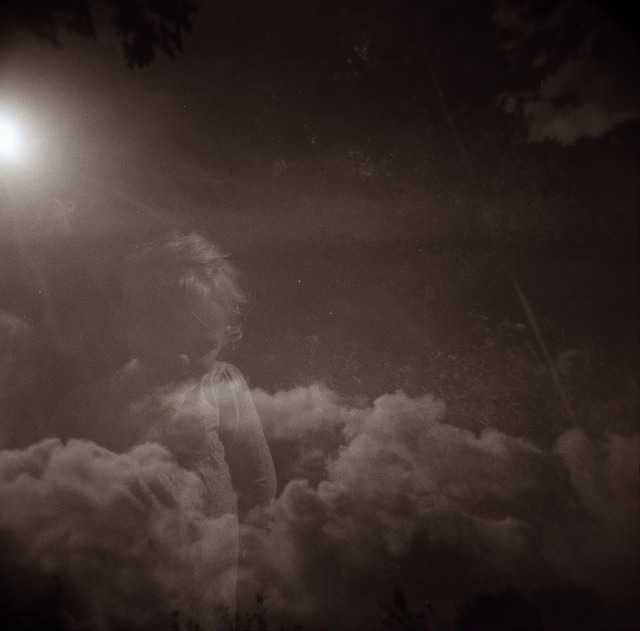
After more experimenting I realised how the exposures worked, and how two layers interacted with each other. By shooting part of one layer as a silhouette, the layer on top could be a more detailed exposure that would “fill” the space where the silhouette was.
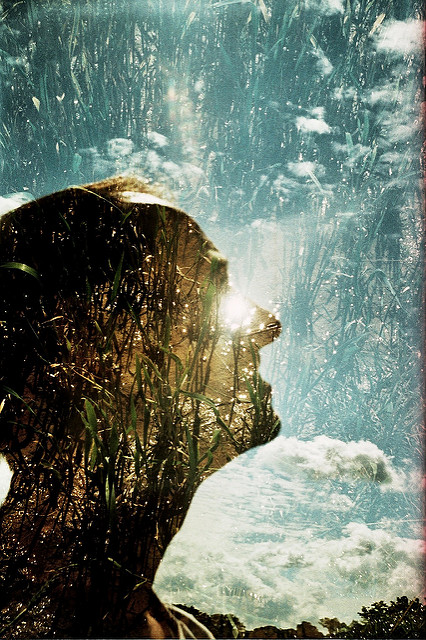
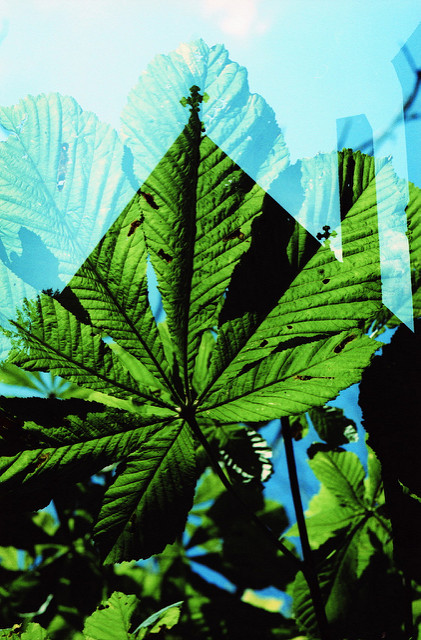
Maybe eight months on from getting the Holga and discovering multiple exposures, I was exploring shooting the same roll of film twice, either in the same camera, or in two different ones.
As I’d already dabbled with shooting redscale by flipping and respooling film, I also decided to try a technique called EBS – Expose Both Sides.
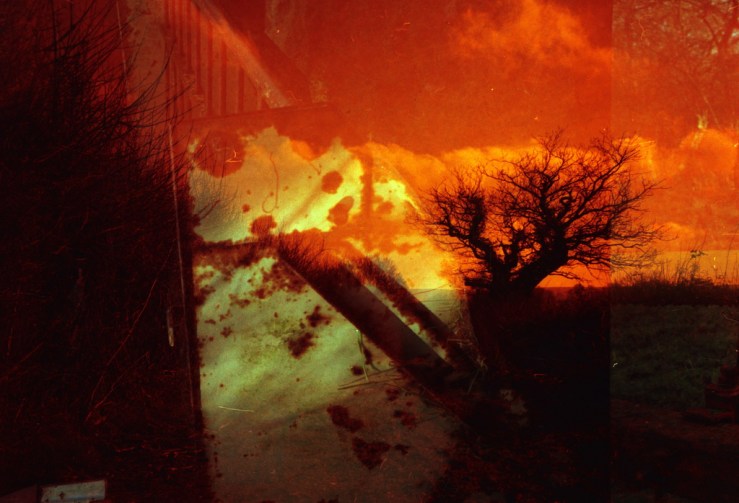
I used my then favourite camera, an Olympus XA2, shot a roll of film straight, then in a makeshift darkroom bag (basically my hoodie with my hands down the sleeves the wrong way) in the woods I respooled the roll the other way up so the second layer would be redscale.
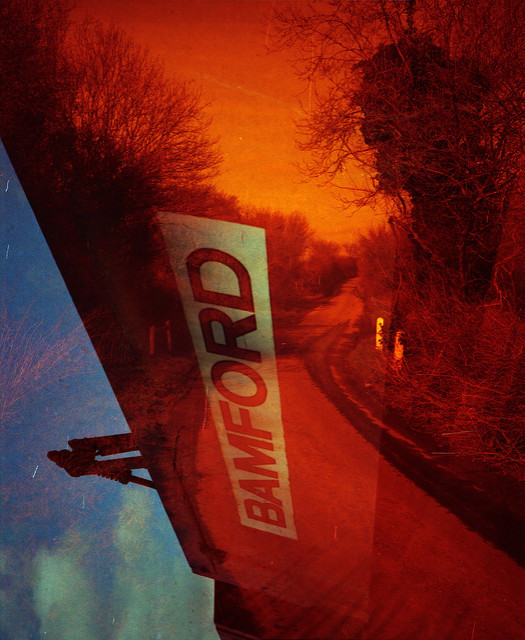
I was delighted by the results, and my favourites from this roll remain some of my favourite photographs made with any film camera, or indeed any camera at all.
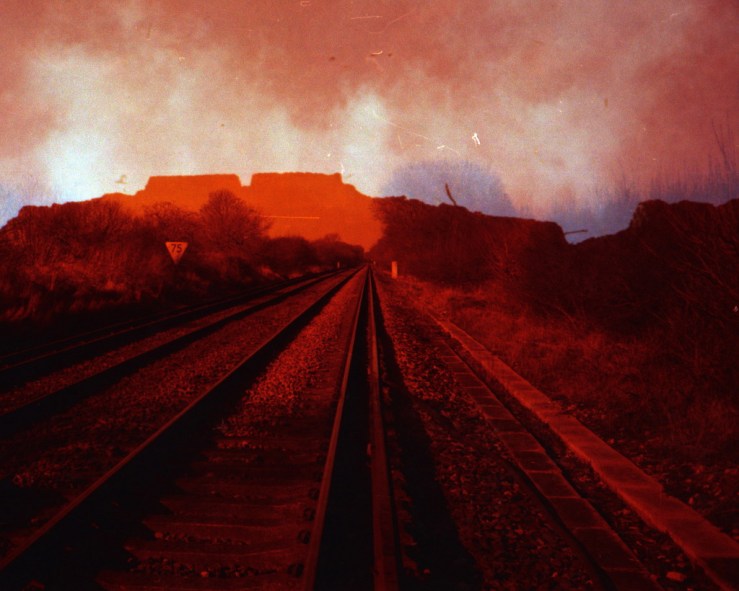
I also took part in (and instigated) a few film swaps, where I shot one layer on a roll of film then rewound it and sent it to a fellow photographer to shoot a layer before processing.
These generally worked best when we’d agreed a theme for each layer.
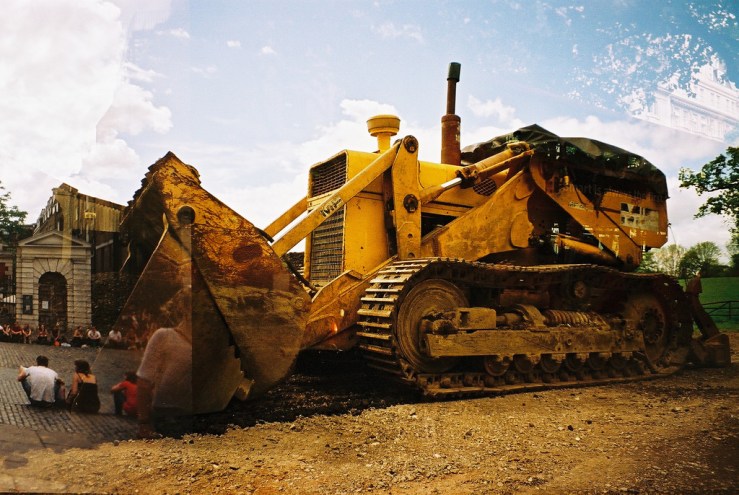
But even the completely random ones still turned up a few memorable images.
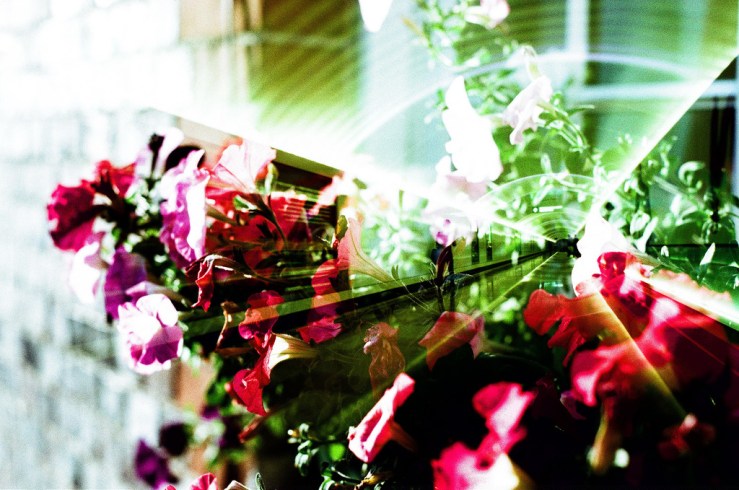
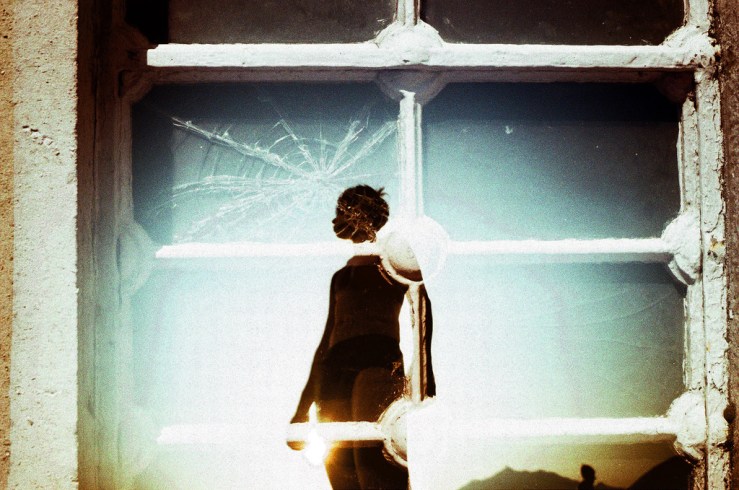
At the time I was scanning my own negatives – a major reason I bought a scanner was for custom size images like these from film swaps, and shooting 35mm in my medium format Holga.
Having this done at a lab was either incredibly costly (£20-25 per roll just for the scanning) or simply couldn’t be done as the mini lab machines scanned the images in regular 24x36mm frames only.
Having my own scanner gave me the opportunity to experiment with longer montages of multiple exposures.


I realised talking with Mel the other day I’ve not shot film with any consistency in approaching two years. One of the aspects I miss now and then is double exposures, so wondered if a digital equivalent is possible.
Turns out there’s a very useful tool in Snapseed for layering images, which also lets you control the “strength” of each layer.
Whilst for me it’s not as authentic as film double exposures, and lacks some of the random and unexpected elements, I have been impressed so far at the potential it offers for the future. And it feels in the same spirit at least as my original film double exposure experiments.
My recent One Frame #6 was a double exposure made with Snapseed, as was this one below.
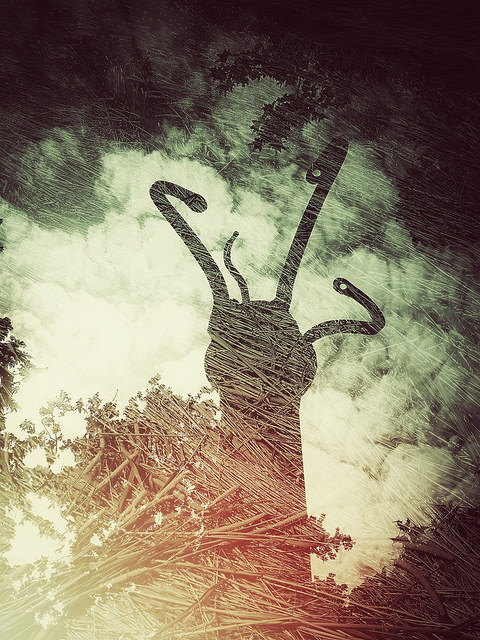
With my current and increasingly ongoing preference for using digital compact cameras exclusively, this gives me an interesting extra tool to play with once in a while.
I hope you’ve enjoyed this brief history of my journey with double exposures.
How about you, have you experimented with double exposures? How did they turn out?
Join the conversation and share your thoughts in the comments below (and remember to tick the “Notify me of new comments via email” box to follow the conversation).
Thanks for looking. Please share this post with others you feel will enjoy it too. If you’re interested, this is what my photography life looks like right now.
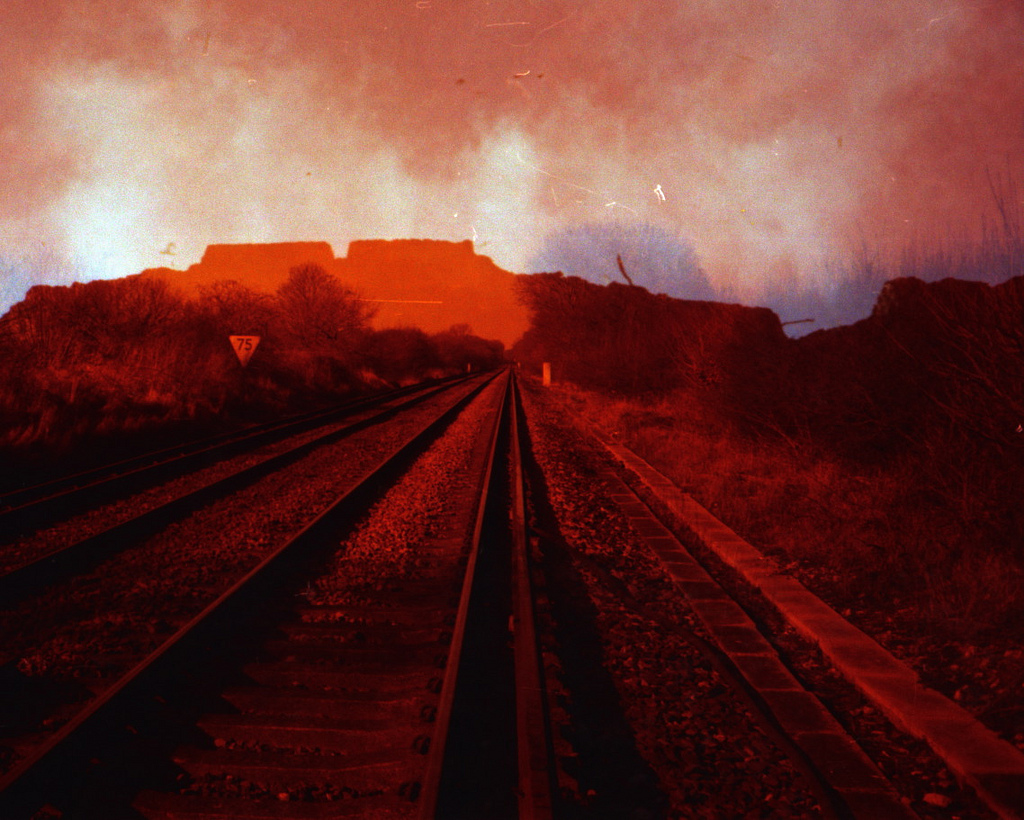

The “double exposure” option in Snapseed is brilliant. I use it occasionally for my mobile photography. I first shoot a photo in focus, and then another photo out of focus. After that I put them over each other in Snapseed. Example: https://rkphts.files.wordpress.com/2018/05/1508766018245-02.jpg?w=1024
I like that idea Robert. And I like thinking about how two (or more) layers of imagery might work rather than just one frame/layer.
I briefly tried a multiple exposure mode in one of my DSLRs, but don’t generally like fiddling about in camera. Snapseed makes it much easier and is a very impressive alternative to doing it “old school” with film, especially with the intensity slider and the add, subtract and other options.
Yes, being able to tweak the intensity in Snapseed is key here.
I tried double exposure just once or twqice in the recent years. Looking at your results I’m willing to go at it some more.
Just (again) some remark regerding film vs digital (Snapseed) double exposures. With Snapseed you’ll have the éleisure to chose the images you want to oerlay, so you have a clear advantage for controlling the result. Film as ever is much more random as you have to work much harder to get what you want.
But of curse as it’s the result that counts, digital double exposures seem to be the better choice.
I agree to a point Frank, but I think because I discovered double exposures shooting film, and learned through that medium how to get interesting (to me!) results, I’ve then taken that knowledge to Snapseed. I haven’t thus far just cycled through loads of random images, overlaying them furiously to see what might work. I have given it some thought ahead of time, based on the experience from shooting film, how one layer in silhouette can then be “filled” with the pattern/texture/colour from the second layer, and so on.
In fact a simple but sometimes very effective way to experiment with double exposures is to have one layer that’s a pure texture (like the grass above in the final image) then have the other layer a more recognisable object. With this one, the clouds give another layer almost too.
Definitely try it with your digital app and iPhone!
Will give it a try!
Yay I got a mention 🙂 I’ve only done a few double exposures, and they came out alright. My favourite is one I took with a Holga 120GN on Fuji Pro 400H https://www.flickr.com/photos/mellonicoley/36512927441/in/album-72157693622064062/
I’m not really that adventurous with my photography most of the time, hence why I’ve only done multiple exposures a few times, BUT I have been getting really bored lately, so I will probably shake things up a bit soon. I have a Diana Mini that I’ve barely used since I bought it….. Also my F80 and FM both do multiple exposures 🙂
I haven’t played around with the double exposure option in Snapseed, but then I don’t really use Snapseed.
Film can give excellent results, but often the final image is a bit washed out and neither layer is strong, they just cancel each other out. Snapseed makes it easier and more controllable, but of course it’s weighing up how much you want to depend on the unpredictability of film (often one of it’s strongest appeals!) versus the greater control of digital. The EBS roll I did with the XA2 delivered an excellent keeper rate, for example. But other times I’ve not shared any double exposures from a roll.
Your Holga shot is a good example of a technique to try, the same image flipped up side down.
Check out hodachrome on Flickr, he has made some incredible double exposures with film, and introduced me to the Expose Both Sides idea – https://www.flickr.com/photos/hodachrome/
I use the LTM Leica’s multiple exposure capability (shared by the Nikon S and F) to retake a frame when the lens cap was on for the first exposure. Occasionally I get it wrong and a double exposure results but nothing I’ve thought worth printing.
Doug, I don’t get what these feature is for, why would you want to take a shot with the lens cap on, then take it again?
I’m sure the whole multiple exposure concept was discovered by accident a 150 years ago when someone made two exposures on the same piece of film accidentally…
Leaving the lens cap on is an accident. Re-exposing the frame is the fix 😃
Deliberate double exposures were used in the late 19th century to fake photos of supernatural phenomena. Google “ectoplasm” to see examples.
Oh I see! I read it as the camera’s “capability to retake a frame when the lens cap was on”. I couldn’t understand why anyone would want that function to make a blank frame. I get it now, if you leave the lens cap on by mistake, and realise before you wind on, you can remove the lens cap and take the shot again. Another reason I prefer SLRS, it’s obvious when the lens cap is on!
I imagine all sorts of phenomena were “discovered” via some clever camera work and darkroom chemistry before the average person in the street knew any better. Today we say “it’s been Photoshopped” of course! Despite this being common knowledge, people are still fooled daily with celebrity and model images…
It has been a long time since I have done some double exposures, but your post inspires to to try again.
Thanks Tim, I’m aim to inspire! Let us know how you get on.
Awesome images Dan, I really enjoyed your post. I think the next roll of film I run I’m going to try this!
I’ve never tried the double exposures, but you’ve definitely more than inspired me to try!
That’s interesting about the digital images too, I recently bought Affinity photo (I parted ways with Adobe), which has many possibilities for layering images, even distorting them, a whole new world of possibilities!
Now just have to find some time to get out there!
Thanks Chris, glad it’s inspired you.
Well worth trying the digital option too. I’d suggest just playing with one parameter at a time rather than getting overwhelmed with a hundred different options and settings.
Enjoy, and let us know how it goes with your film and digital doubles.
You have had fun and made some great images to boot! I like the railway tunnel/ floral photo (there is a “back in time” vintage Dr Who movement that appeals) and funnily enough the one directly under it, the best. The window frame is a beauty in itself but the fact the shattering of the pane looks like a sun overhead, with the reflection off the paint and the woman in her swimming cossie making it a beach shot, where there is no beach!
Thanks Kate, I can only take partial credit for those two, as they were from a film swap I did with a guy in Hong Kong for a Lomography project. Despite virtually no planning, the layers worked really well and we came up with many pleasing images.